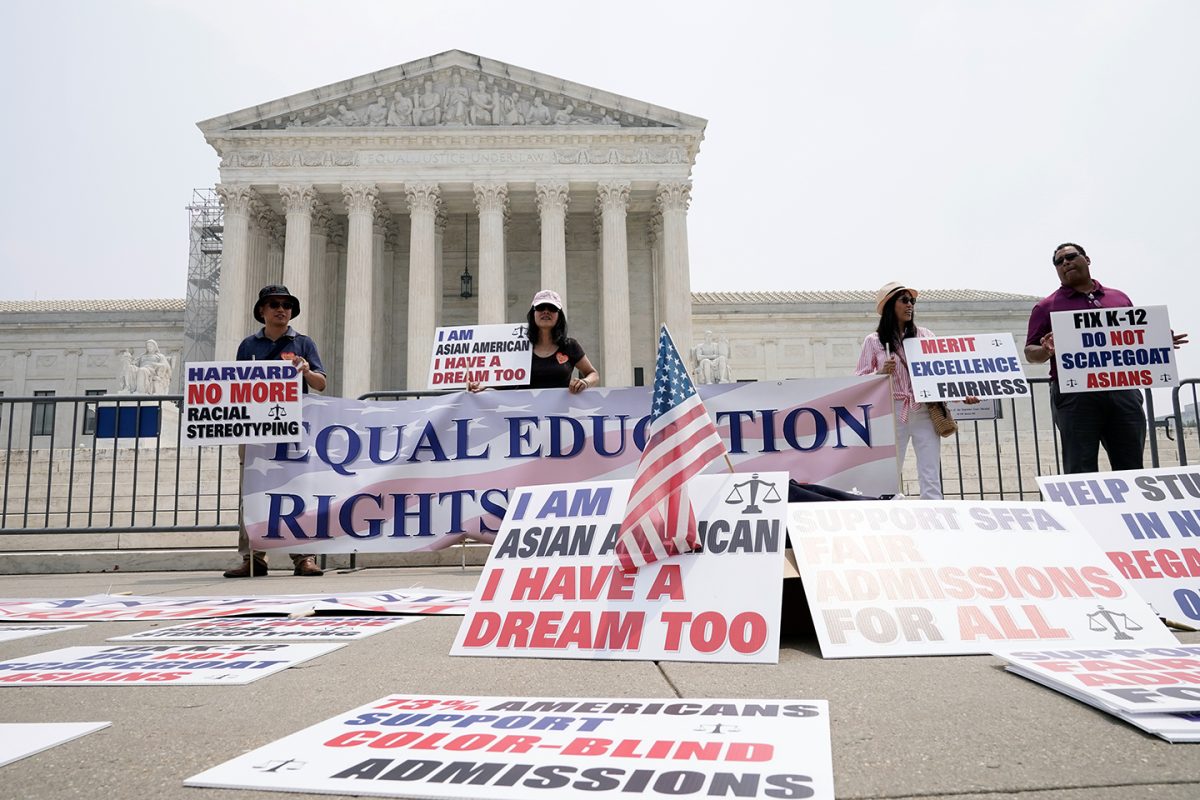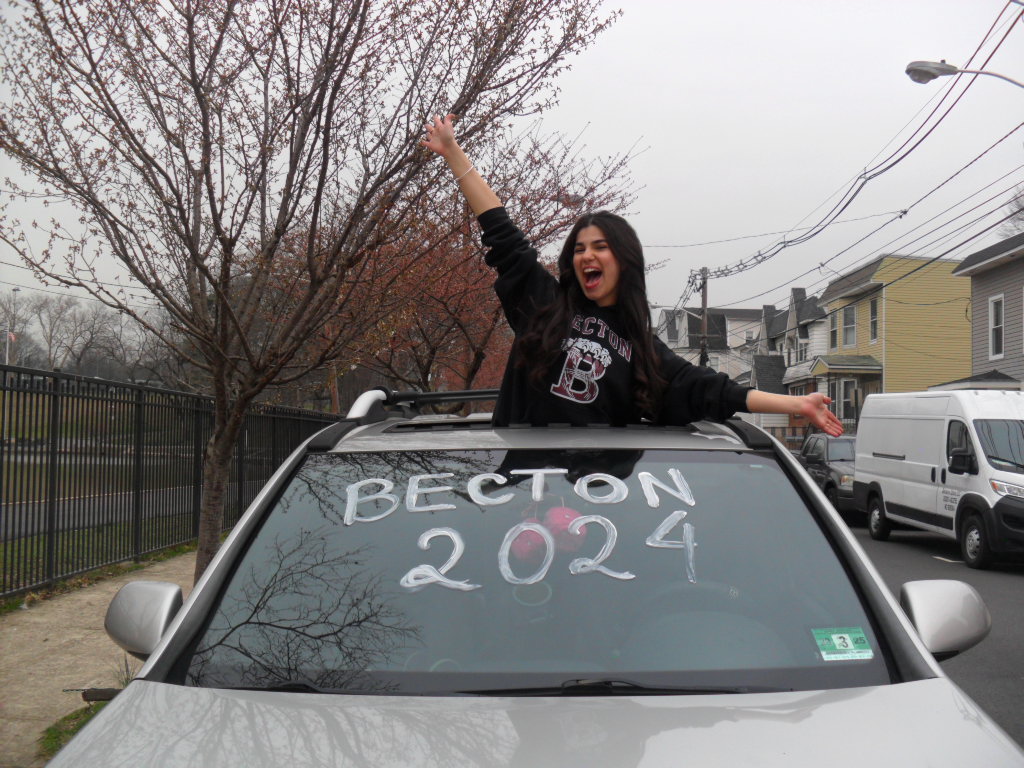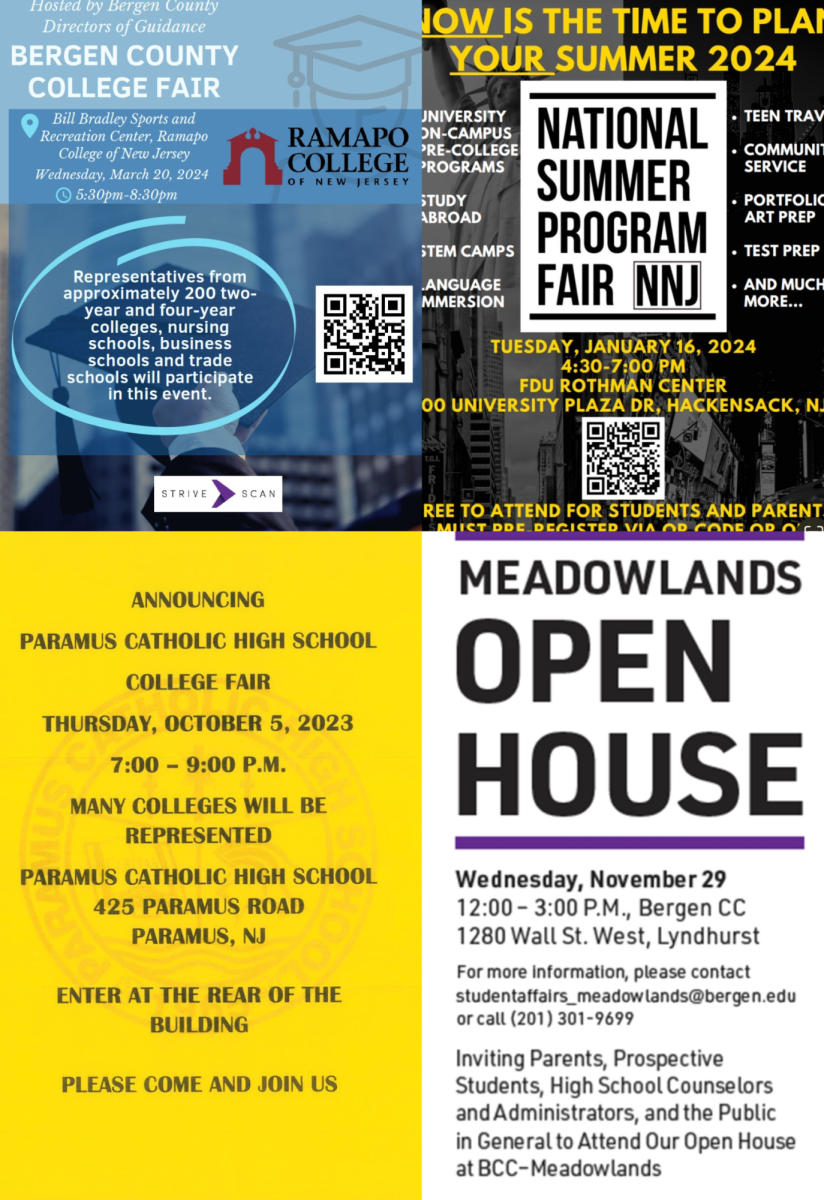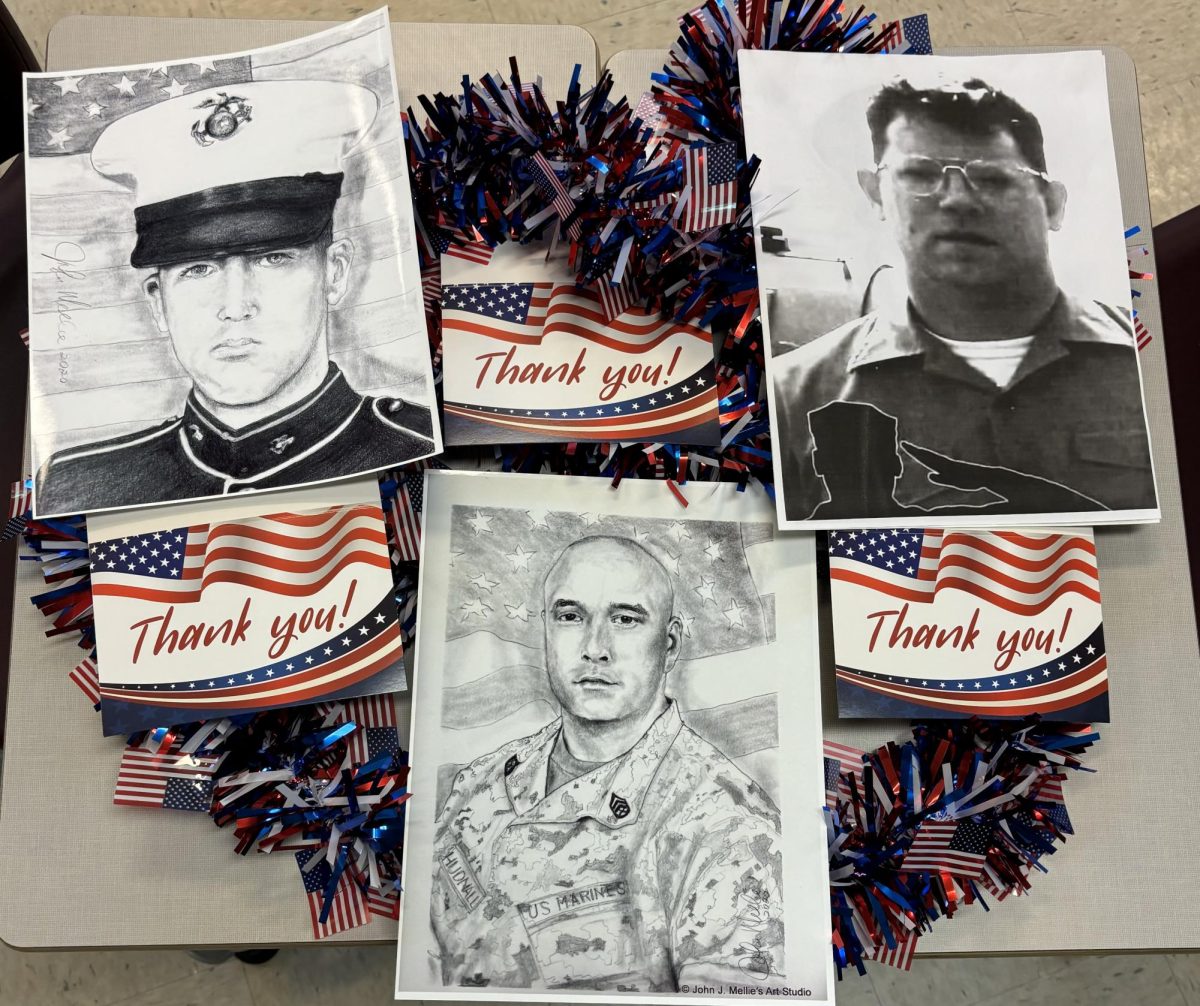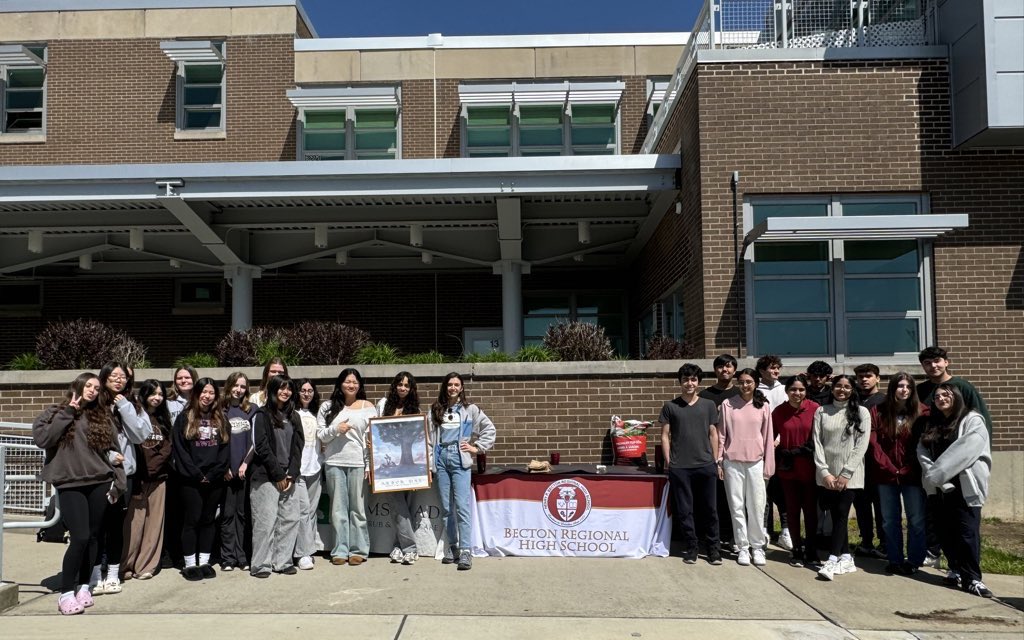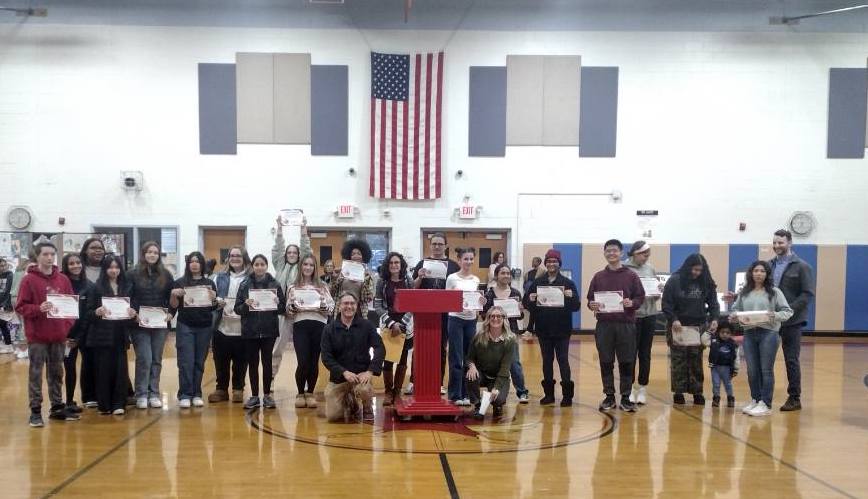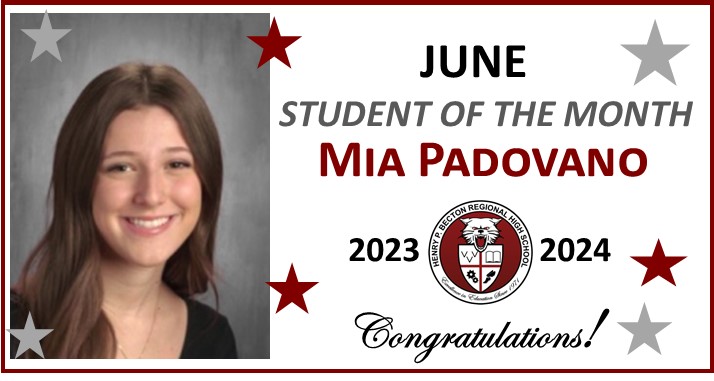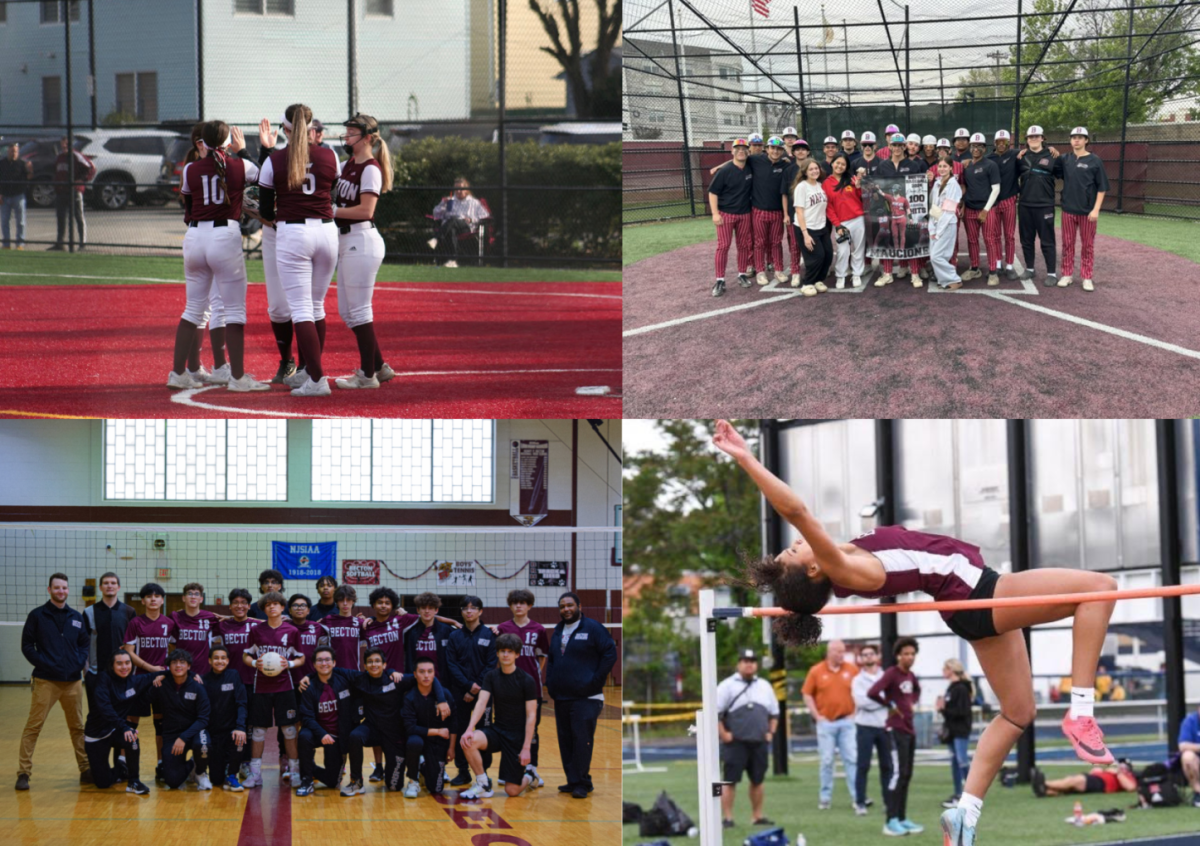The End of Affirmative Action
In a groundbreaking decision on June 29, the Supreme Court recently ruled on a case that will change the extent of diversity in higher education. The ruling affects affirmative action as it relates to college admissions and will have far-reaching consequences for universities and students applying to college.
The recent case challenged the use of race as a factor in the college admissions process, questioning the constitutionality of affirmative action policies.
The Supreme Court ruling does not ban the consideration of race in college admissions outright; however, it limits how universities can use it as a factor. The decision states that race cannot be the sole determining factor and must be considered as part of a holistic and individualized review of each applicant.
The Justice, writing for the majority, argued that while promoting diversity in education is important, universities must do this without using a quota system based on race. The decision highlights the importance of considering alternative factors, such as socioeconomic background and life experiences, in the admissions process.
Reactions
Unsurprisingly, the ruling has caused reactions from various sides of the argument. Supporters of the decision argue that it upholds equal treatment under the Constitution and encourages universities to be more inclusive with more nuanced approaches to admissions. They believe the decision is effective in promoting diversity and respecting individuals’ achievements. They also describe how initiatives like affirmative action aren’t as necessary as they once were because of the progress minorities have made since.
On the other hand, critics express concerns that the ruling could undermine efforts to address historical inequalities and systemic barriers faced by underrepresented minorities. They fear that without the explicit consideration of race, certain groups may face increased challenges in gaining access to higher education, making it so they are not treated equally as the Constitution states.
Looking Ahead
As colleges and universities interpret this decision, many anticipate adjustments to their admissions processes. Institutions are likely to place greater emphasis on evaluating the overall experiences, achievements, and challenges faced by applicants, to have more diversity on campus without relying solely on race as a determining factor, and will no longer feature the familiar ‘select your race’ box on applications.
The ruling also raises questions about the broader conversation on affirmative action and the ongoing efforts to address inequality in America. Mr. Carr weighed in on the possible effects of the decision by describing how minority groups in the past have taken charge of the lack of opportunities given to them. Carr cited how the inaccessibility of practical and vocational education created the need for historically black colleges and universities to fill these gaps. When asked how the decision could negatively affect applicants, he described, “It could revert to the way it was before affirmative action—entry on the ability to pay, entry for the most advantaged, the best connected. Everyone else is on their own.”
In the next few months, the full impact of this ruling will become clearer as universities change their admissions practices in response to the ruling. In the meantime, the debate over the role of affirmative action in college admissions will continue, shaping educational policies and the future of the nation as a whole.


